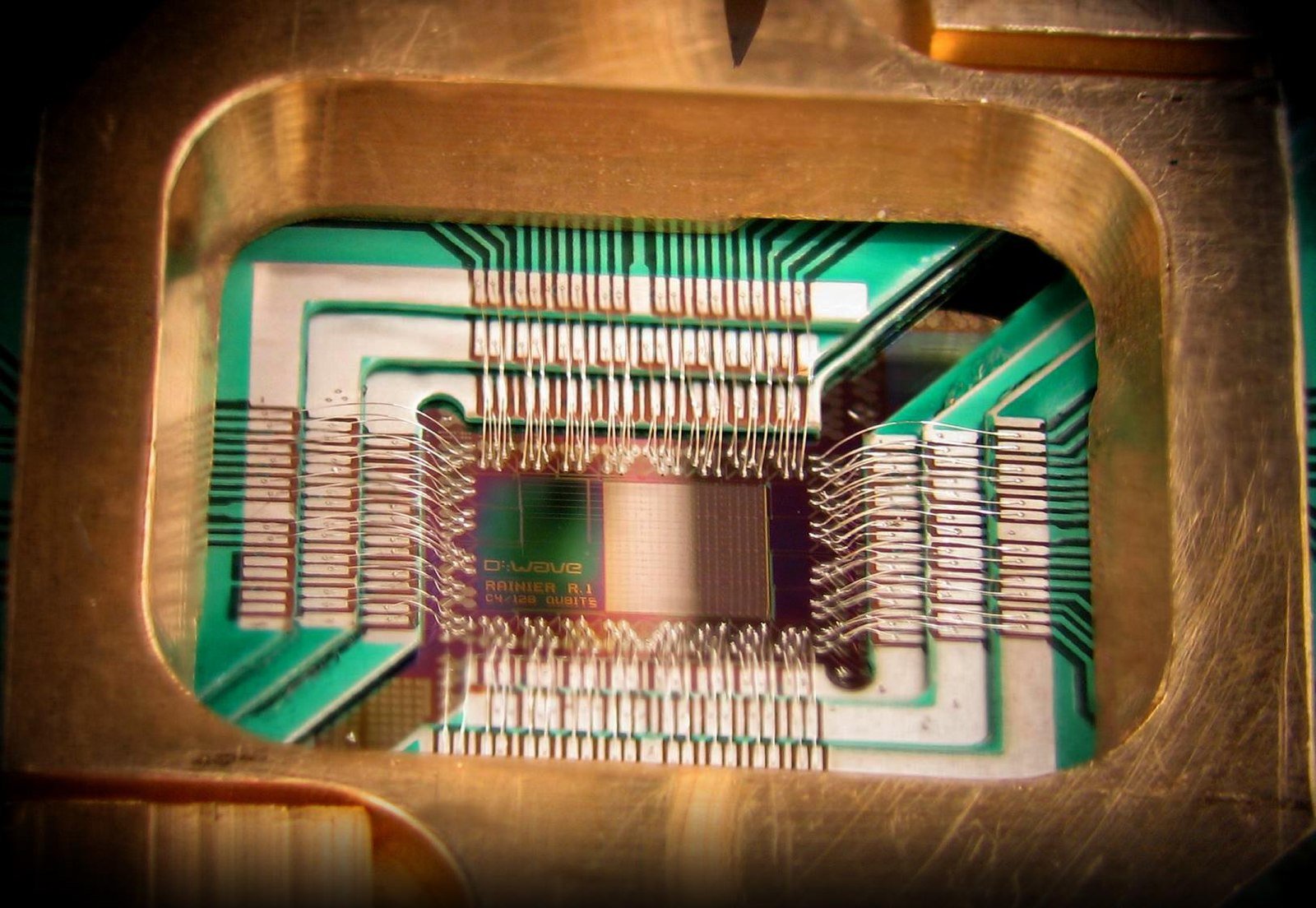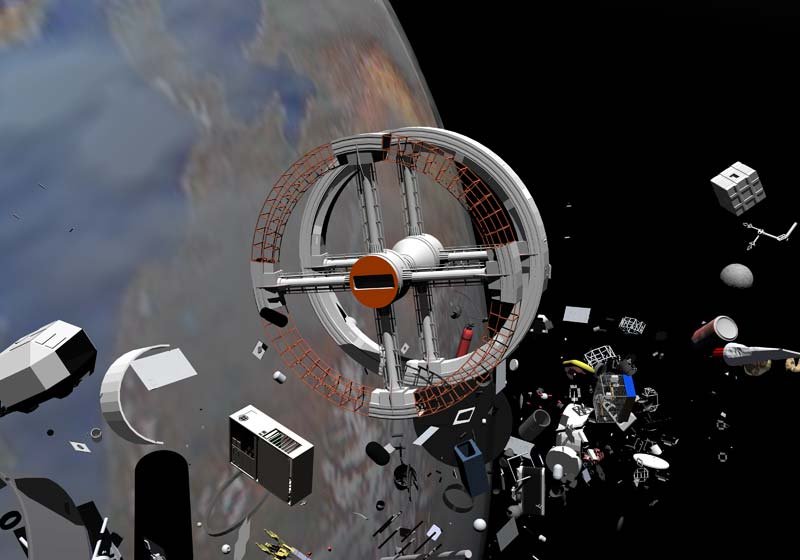6 new technologies that are blowing our Space Dog minds
Image source: Kroger4 | Creative Commons License
Recently, the jury of the World Photography Organization almost jumped out of their space suits after hearing the winner’s creation ‘The Electrician’ at the Sony World Photography Award wasn’t real, but created by AI. Speaking about the divisive moment, the Berlin based creator of the work, Boris Eldagsen, told media company CNN: “It was not about winning, I was just making a test to see if they were aware—like a hacker who hacks a system not to exploit it, but to see if there are weaknesses.'' Nowadays, we see technology everywhere. As an innovation driven communications agency, we are constantly amazed by new technologies and their benefits. Therefore, we want to share six technologies that are blowing our minds.
1. Robots, take the wheel
Starship, a global leader in autonomous delivery, is using robots as local delivery transport over short distances, such as groceries, packages or restaurant deliveries. The technology navigates at a similar speed to that of a walking person and is even able to navigate around people and objects. People have faced last-mile delivery challenges for some time now, and with this new tech, we can say hello to a pragmatic solution. Starship has completed over 4 million autonomous deliveries since its launch in 2014. Should we already start worrying about a robot strike?
2. Brain meets technology
What happens when technology meets neuroscience? You end up with a brain-computer interface, or simply put, BCI, that can be used to control devices. This opens up a whole new world of automation. According to Techround, an online magazine for start-up and tech news, a brain-computer interface turns the electrical activity of your brain into commands that can be used for controlling external devices. For example, the company Neuralink, which was founded by Elon Musk in 2016, has developed their own brain computer called the ‘N1 Implant’. After the BCI is implanted into the brain, it can be used to control devices such as computers, phones, or robotic prosthetics. Will we be able to control a computer mouse using only our thoughts in the future?
3. From dusk till dawn: the James Webb Space Telescope
MIT Technology Review, a bimonthly independent magazine owned by the Massachusetts Institute of Technology, reported a collaboration between the US, Europe and Canada to create the largest telescope ever sent to space. Because of its special design, it can cut through infrared radiation and look far back in time, even reaching the universe’s first stars and galaxies that were created just after the Big Bang! Let’s prepare ourselves for seeing the birth of new worlds. Furthermore, it will probe the structure of galaxies and offer new discoveries, almost daily for years to come. Do you think we'll finally be able to settle the age-old debate of whether Pluto is a planet or not?
4. The promise of bioprinting
From space back to earth, with our feet on the ground. “Every day, 17 people die waiting for an organ transplant. Not to mention that every ten minutes another person is added to the waitlist,” states CNN Health, which provides the latest health news. What can be done to improve this situation? Nowadays, 3D printing has been taken to the next level, namely by bioprinting. While we use inkcartridges for normal printing, bioprinting uses cells instead of ink. Right now, this is still a work in progress, and still facing the ultimate challenge: to properly function. Will all hearts and kidneys be 3D-bioprinted in the future?
5. How quantum computing is revolutionizing industries
Image source: File Upload Bot (Magnus Manske) | Creative Commons License
How are people able to build something with such big computational power? Will it eventually surpass our current levels of knowledge? Thanks to quantum computing, problems with a high level of complexity can be solved in a short amount of time. According to IBM, it is a rapidly-emerging technology that requires less energy. The technology is used in electric vehicles, tackling energy efficiency, explaining cosmic mysteries, and more. Moreover, Investopedia, a financial media website, discusses its benefits. In healthcare, it contributes to developing new drugs, genetically targeted medical care, and empowers advanced DNA research. It can also be used for safer aircraft and traffic planning systems or stronger online security. Additionally, there are advantages in the financial sector, such as designing investment portfolios for retail in a more effective and efficient way, and improving fraud detection through better trading simulators. If quantum computing can help us solve some of the world's most complex problems, does that mean it can also help us win at Sudoku?
6. Say goodbye to space junk
Imagine those nights outside when you look up and cherish the lovely view—a clear sky full of shiny little sparkling stars. Unfortunately, not everything is what it seems, and problems can hide themselves very well. What you probably know is that we have a waste problem on planet Earth. But, did you know that we also have a waste problem in space? Luckily there are start-ups, such as Digantra, ClearSpace or OrbitGuardians, that are cleaning up space junk. According to Jumpstart, an entrepreneurial platform, space junk can come from any man-made objects that no longer serve a useful function in orbit or around Earth, such as defunct satellites. There are currently around 23,000 pieces of space junk in orbit larger than a softball. What if someday a piece of trash falls out of the sky right on your head? Believe it or not, this is a real risk space junk poses. It also increases pollution on Earth and, in the end, bands together in space and causes trouble for other satellites and astronauts. As Space Dogs, we love the pioneering spirit of people who utilise technology to tackle this problem—first locating the junk, then removing it. Maybe one day we can have an Intergalactic Space Cleanup Day and get rid of all this space junk!
Clearly, technology is rapidly changing and advancing our world. Our 6 most mind-blowing technologies are just a few examples of the many ways technology is revolutionizing our lives. While there may be concerns about the role of technology in our lives, as with the use of an award-winning AI-generated image in the Sony World Photography Award, the benefits and opportunities it offers are undeniable. It is up to us to embrace these innovations and use them for the betterment of ourselves and our planet.







